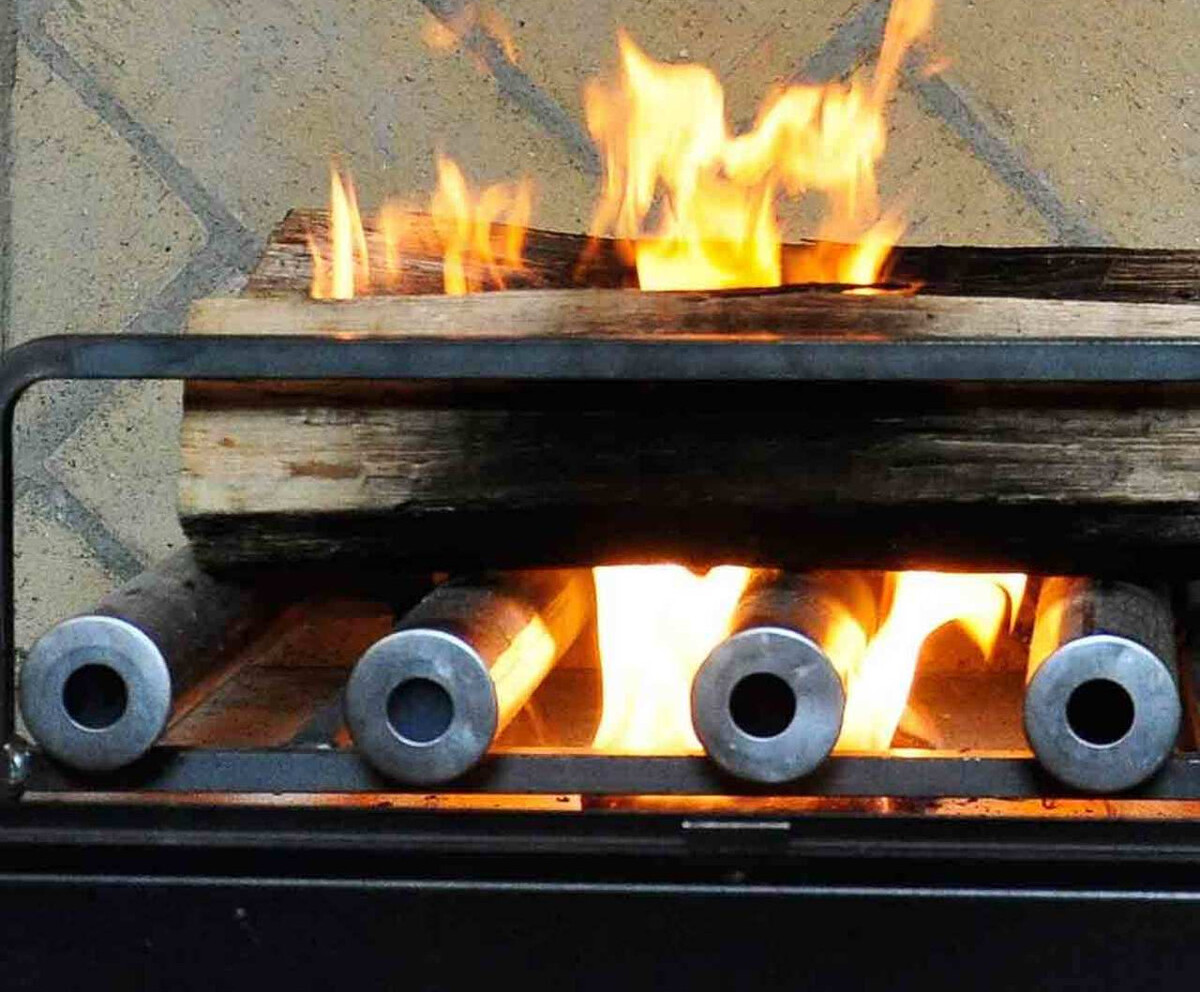

Articles
How Does A Fireplace Blower Work
Modified: February 23, 2024
Discover how a fireplace blower works with our informative articles. Learn how this essential accessory maximizes heat distribution for a cozy and efficient fireplace experience.
(Many of the links in this article redirect to a specific reviewed product. Your purchase of these products through affiliate links helps to generate commission for Storables.com, at no extra cost. Learn more)
Introduction
Fireplaces have been a beloved feature in homes for centuries, providing warmth, ambiance, and a cozy gathering place for families. However, traditional fireplaces often suffer from one common drawback – inefficiency. While the flames may be mesmerizing, a significant amount of heat is lost through the chimney, leaving the room feeling chilly.
That’s where a fireplace blower comes into play. A fireplace blower is a device that enhances the efficiency and effectiveness of a fireplace by circulating warm air throughout the room. It works by distributing the heat generated by the fire, making the space warmer and more comfortable.
In this article, we will delve into the world of fireplace blowers and explore how they work, their different components, types, installation process, as well as the benefits of using them. Whether you already have a fireplace or are considering installing one, understanding how a fireplace blower functions can help you make an informed decision about incorporating this valuable accessory into your home.
Key Takeaways:
- Fireplace blowers enhance heating efficiency by circulating warm air throughout the room, reducing energy loss and heating costs. They create a cozy, comfortable environment for families to enjoy during chilly winter evenings.
- Regular maintenance of fireplace blowers is crucial for optimal performance and longevity. Cleaning, inspecting, and lubricating the blower components ensure consistent and efficient heat distribution, extending its lifespan.
Read more: How Does A Leaf Blower Work
Overview of Fireplace Blower
A fireplace blower, also known as a fireplace fan or fireplace insert blower, is an accessory designed to increase the efficiency of a fireplace. It works by effectively distributing the warm air produced by the fire throughout the room, ensuring that every corner of the space benefits from the heat.
Fireplace blowers typically consist of a motor, a fan or blower unit, and a ventilation system. The motor powers the fan, which draws in air from the surrounding environment and pushes it through the ventilation system. This process creates a flow of warm air that is then distributed evenly throughout the room.
Fireplace blowers are available in various sizes and styles, allowing them to be installed in different types of fireplaces, including wood-burning, gas, and electric fireplaces. They can be retrofitted into existing fireplaces or included as part of a new fireplace installation.
Not only do fireplace blowers improve the efficiency of the fireplace, but they also help to reduce heating costs. By circulating the warm air generated by the fire, a blower ensures that the room remains consistently heated, reducing the need for additional heating sources.
Furthermore, fireplace blowers provide additional benefits beyond heat distribution. They can help to improve indoor air quality by circulating air and reducing stagnant areas. This can be particularly beneficial for those who suffer from allergies or respiratory conditions.
Overall, a fireplace blower is a valuable addition to any fireplace, offering increased efficiency, cost savings, and improved air circulation. In the following sections, we will explore the components, working principle, and different types of fireplace blowers in more detail, allowing you to make an informed decision about which option is best suited for your needs.
Components of a Fireplace Blower
A fireplace blower consists of several key components that work together to effectively distribute warm air throughout the room. Understanding these components is essential for proper installation and maintenance of the fireplace blower. Let’s take a closer look at each one:
- Motor: The motor is the heart of the fireplace blower. It powers the fan or blower unit and determines the airflow capacity. The motor should be durable, efficient, and capable of withstanding the high temperatures commonly found near a fireplace.
- Fan or Blower Unit: The fan or blower unit is responsible for drawing in air and creating airflow. It can be a centrifugal or axial fan, depending on the design of the blower. The fan should be designed to move a sufficient amount of air, ensuring optimal heat distribution.
- Blower Housing: The blower housing encloses the motor and fan unit, providing protection and directing the airflow. It is typically made of heat-resistant materials to withstand the temperatures near the fireplace.
- Ventilation System: The ventilation system consists of ducts or channels that direct the airflow from the blower unit to different areas of the room. These ducts should be properly designed and insulated to prevent heat loss and noise transmission.
- Control Switch: The control switch allows the user to turn the fireplace blower on and off. Some models may also have speed control options, allowing the user to adjust the airflow according to their preference.
- Thermostat: Some fireplace blowers come with a built-in thermostat. This allows the blower to automatically turn on and off based on the temperature of the fireplace or the room. The thermostat helps maintain a consistent temperature and prevents excessive heat buildup.
- Power Supply: A fireplace blower requires a power supply to operate. It is essential to ensure a safe and reliable source of electricity is available near the fireplace for proper functioning of the blower.
These are the main components that make up a fireplace blower. Each component plays a crucial role in the effectiveness and efficiency of the blower. Understanding how these components work together is vital for selecting the right blower for your fireplace and ensuring its proper functioning over time.
Working Principle of a Fireplace Blower
The working principle of a fireplace blower revolves around the concept of air circulation. The blower is designed to draw in the air near the fireplace, pass it through a heating element, and then distribute the warm air throughout the room. Let’s dive into the working principle in more detail:
- When the fireplace is lit, heat is generated by the fire. This heat raises the temperature of the surrounding air.
- The fireplace blower, powered by a motor, starts to operate. The motor drives the fan or blower unit, which is located inside the blower housing.
- The fan or blower unit draws in cool air from the room through the intake vents located near the fireplace. This air is also known as return air.
- The cool air is then forced over a heating element, which can be a heat exchanger or a set of metal fins. The heat from the fireplace transfers to the air as it passes over the heating element.
- The now warm air is pushed out of the blower housing through the outlet vents or ducts. This warm air is known as supply air.
- As the warm air is released into the room, it circulates and mixes with the surrounding air, distributing the heat evenly.
- The process continues as long as the fireplace is lit and the blower is running, ensuring a consistent supply of warm air to the room.
The working principle of a fireplace blower is relatively straightforward, yet highly effective. By drawing in cool air near the fireplace and heating it, the blower delivers a steady flow of warm air to the entire room. This mechanism significantly improves the efficiency of the fireplace, as the warm air is no longer confined to the immediate vicinity of the fire. Instead, it is circulated and distributed throughout the space, providing optimal comfort and warmth.
It is important to note that the effectiveness of the fireplace blower depends on various factors, such as the size and design of the blower, the capacity of the motor, and the proper installation of the ventilation system. Paying attention to these factors will ensure the fireplace blower operates efficiently and enhances the performance of your fireplace.
Types of Fireplace Blowers
When it comes to fireplace blowers, there are several types available, each with its own advantages and installation requirements. Let’s explore the most common types of fireplace blowers:
- Inline Blower: Inline blowers, also known as remote blowers, are installed away from the fireplace and connected to the ventilation system through ductwork. They are typically more powerful and capable of moving a larger volume of air. Due to their remote installation, they are ideal for fireplaces with limited space or unconventional layouts.
- In-Fireplace Blower: In-fireplace blowers, as the name suggests, are installed directly inside the fireplace. They are compact and designed to fit within the firebox of the fireplace. These blowers are more discreet and less obtrusive, making them suitable for smaller fireplaces or those with aesthetic considerations. However, their capacity may be limited compared to other types.
- Insert Blower: Insert blowers are designed specifically for fireplace inserts. These inserts are essentially self-contained heating units that are installed inside an existing fireplace. The blower is integrated into the insert, providing efficient heat distribution without the need for additional ductwork or modifications to the fireplace.
- Wall Mount Blower: Wall mount blowers are installed on the wall near the fireplace. They are compact units that blow warm air directly into the room. These blowers are versatile and can be easily installed in different locations. However, they may require additional electrical wiring and may not be suitable for all types of fireplaces.
- Built-in Blower: Built-in blowers are specifically designed to be integrated into the fireplace during its construction or renovation. These blowers are tailored to the fireplace’s dimensions and specifications, providing seamless operation and optimal heat distribution. While built-in blowers offer excellent performance, they require professional installation and may not be suitable for retrofitting in existing fireplaces.
When selecting a fireplace blower, consider factors such as the size of your fireplace, its layout, and your specific heating needs. Additionally, ensure that the chosen blower is compatible with your fireplace type and meets your desired heating capacity. Consulting with a fireplace professional can help you determine the most suitable type of blower for your specific requirements.
Regardless of the type of fireplace blower you choose, installing one can significantly increase the efficiency and heat output of your fireplace. It allows for better heat distribution and ensures that the warmth reaches every corner of the room, creating a comfortable and cozy environment for you and your loved ones.
A fireplace blower works by drawing in cool air from the room, heating it up as it passes through the hot metal tubes, and then pushing the heated air back out into the room, increasing the overall efficiency of the fireplace.
Read more: How Does Fireplace Work
Benefits of Using a Fireplace Blower
Using a fireplace blower can provide numerous benefits, enhancing both the performance of your fireplace and your overall comfort. Let’s explore some of the key advantages of incorporating a fireplace blower into your heating system:
- Increased Efficiency: One of the primary benefits of a fireplace blower is improved efficiency. By distributing the warm air generated by the fire throughout the room, a blower ensures that no heat is wasted. This results in more efficient heating and less energy loss, which can lead to reduced heating costs.
- Consistent Heat Distribution: A fireplace blower helps to evenly distribute the heat produced by the fire. Instead of the heat being concentrated in front of the fireplace, it is circulated throughout the room, ensuring a consistent and comfortable temperature in every corner of the space.
- Reduced Heating Costs: Since a fireplace blower enhances the efficiency of the fireplace, it reduces the reliance on other heating sources. By effectively utilizing the heat produced by the fire, you can potentially lower your heating bills and save on energy costs.
- Improved Indoor Air Quality: A fireplace blower helps to circulate and distribute air throughout the room, reducing stagnant areas and promoting better air movement. This can help to improve indoor air quality by reducing airborne particles, dust, and allergens. Additionally, the improved circulation can prevent the buildup of smoke and odors in the room.
- Enhanced Warmth and Comfort: With a fireplace blower, you can enjoy a more comfortable and cozy environment. The distributed warm air ensures that every part of the room receives the desired level of heat, creating a welcoming space to relax and unwind during chilly winter evenings.
- Quick Heat Recovery: If the fire in your fireplace starts to die down, a fireplace blower can help to reignite it quickly. By circulating the air and supplying an increased oxygen flow to the fire, the blower can help reignite the flames and restore the heat within the room faster.
- Flexible Installation Options: Fireplace blowers come in various types, allowing for flexible installation options to suit different fireplace configurations. Whether you have a traditional fireplace, a fireplace insert, or limited space, there is likely a blower option that can be installed to enhance the performance of your specific fireplace setup.
By incorporating a fireplace blower into your heating system, you can experience improved efficiency, cost savings, better heat distribution, and enhanced comfort in your home. It is important to select a blower that is compatible with your fireplace and consider hiring a professional for installation to ensure optimal performance and safety.
Not only does a fireplace blower make your fireplace more efficient, but it also creates a warm and inviting atmosphere, turning your living space into a cozy retreat during the cold winter months.
How to Install a Fireplace Blower
Installing a fireplace blower is a relatively straightforward process that can significantly enhance the efficiency and functionality of your fireplace. Here is a step-by-step guide on how to install a fireplace blower:
- Gather the Necessary Tools: Before you begin the installation, ensure you have all the necessary tools and materials. These may include a drill, screws, screwdriver, wire cutter/stripper, measuring tape, and ductwork (if required).
- Turn off the Fireplace: Ensure the fireplace is completely turned off and cool to the touch before starting the installation process. This will prevent any accidents or injuries while working.
- Locate Suitable Installation Area: Determine the appropriate location for installing the fireplace blower. This will depend on the type of blower you have and the layout of your fireplace. Refer to the manufacturer’s instructions for specific placement recommendations.
- Prepare the Blower Housing: If necessary, assemble the blower housing according to the manufacturer’s instructions. This may involve attaching brackets, securing the motor, and positioning the fan unit correctly. Ensure all components are securely fastened.
- Mount the Blower Housing: Using the supplied mounting brackets or screws, attach the blower housing to the designated location. Ensure it is securely mounted and level. Follow any specific instructions provided by the manufacturer.
- Wire the Blower Motor: Connect the wiring from the blower motor to the power supply. This may involve stripping the ends of the wires, using wire connectors or electrical tape, and making secure connections. Refer to the manufacturer’s instructions for proper wiring techniques.
- Connect the Ductwork: If your fireplace blower requires ductwork, carefully measure and cut the appropriate lengths of ducts. Connect the ducts to the outlet vents of the blower and secure them using suitable clamps or tape. Ensure the ducts are properly aligned and sealed to prevent air leakage.
- Test the Blower: Once the installation is complete, turn on the fireplace and test the blower to ensure it is functioning correctly. Listen for any unusual noises and check if the airflow is moving properly through the vents or ducts.
- Make Adjustments if Needed: If necessary, make any adjustments to the blower’s speed or airflow settings, ensuring it provides the desired heating effect. Consult the manufacturer’s instructions for guidance on adjusting the blower’s settings.
- Regular Maintenance: It is essential to regularly clean and maintain your fireplace blower to ensure optimal performance. This may include removing any dust or debris from the blower housing, cleaning or replacing the air filters, and lubricating the fan motor if needed. Follow the manufacturer’s instructions for specific maintenance guidelines.
If you are uncertain about any part of the installation process, it is recommended to consult a professional fireplace technician or installer. They can provide expert guidance and ensure a safe and efficient installation.
By following these steps, you can successfully install a fireplace blower and start enjoying the enhanced heating capabilities and improved efficiency of your fireplace.
Maintenance Tips for Fireplace Blowers
Maintaining your fireplace blower is essential to ensure its optimal performance and longevity. Regular upkeep will not only keep the blower functioning efficiently but also help prevent potential issues that may arise over time. Here are some maintenance tips to keep your fireplace blower in top condition:
- Clean Regularly: Dust, debris, and soot can accumulate in the blower housing and on the fan blades over time. Regularly clean the blower by removing any dirt or buildup. Use a soft brush or vacuum cleaner to gently remove dust from the fan blades and motor. Ensure the blower is turned off and cool before performing any cleaning.
- Inspect and Replace Filters: Some fireplace blowers have filters that help prevent debris from circulating through the blower. Check the filters regularly and clean or replace them as needed. Clogged filters can reduce the blower’s efficiency and airflow, impacting its performance.
- Lubricate Moving Parts: Check the fan motor and other moving parts of the blower for smooth operation. Over time, these parts may require lubrication to prevent friction and wear. Follow the manufacturer’s recommendations for lubricating the blower, using a suitable lubricant.
- Check Wiring and Electrical Connections: Regularly inspect the blower’s wiring and electrical connections to ensure they are secure and intact. Loose or damaged connections can affect the blower’s performance and safety. If you notice any issues, consult a professional for repair or replacement.
- Monitor Fan Speed and Noise: Pay attention to the fan speed and noise produced by the blower. If you notice a significant decrease in airflow or an increase in noise, it may indicate a problem with the blower. Investigate the cause and consult a professional if necessary.
- Keep the Area Around the Blower Clean: Ensure that the area surrounding the blower is clear of dust, debris, and other obstructions. Blocked airflow can reduce the blower’s efficiency. Regularly dust and vacuum the area around the blower to maintain proper airflow.
- Perform Regular Functionality Tests: Regularly test the functionality of the blower by turning it on and observing its operation. Ensure that the blower starts and stops correctly, and that the airflow is directed properly. If you notice any irregularities or issues, address them promptly to prevent further damage.
- Follow Manufacturer’s Guidelines: Always refer to the manufacturer’s guidelines and instructions for specific maintenance requirements. Different fireplace blowers may have unique maintenance needs, so it’s essential to follow the recommended maintenance procedures provided by the manufacturer.
By following these maintenance tips, you can keep your fireplace blower in excellent condition, ensuring its efficiency and extending its lifespan. Regular cleaning, inspection, and maintenance will help preserve the blower’s performance and provide you with consistent and efficient heat distribution.
If you encounter any significant issues or if you are uncertain about performing maintenance tasks, it is advisable to seek assistance from a professional fireplace technician or installer. They can provide expert advice and ensure that your fireplace blower receives the necessary maintenance to operate at its best.
Conclusion
A fireplace blower is a valuable accessory that can greatly enhance the efficiency and functionality of your fireplace. By effectively circulating warm air throughout the room, a fireplace blower ensures that every corner of the space benefits from the heat generated by the fire. This not only improves heating efficiency but also reduces heating costs and provides a more comfortable environment for you and your loved ones.
Throughout this article, we explored the various aspects of fireplace blowers, including their components, working principle, types, installation process, and maintenance tips. Understanding these aspects is crucial for making an informed decision about incorporating a fireplace blower into your home and ensuring its proper functioning over time.
When installing a fireplace blower, it is important to carefully follow the manufacturer’s instructions and consider seeking professional assistance if needed. Installing the blower correctly will ensure optimal performance and safe operation.
Maintaining your fireplace blower is equally important to keep it running efficiently. Regular cleaning, inspection, and maintenance of the blower and its components will help extend its lifespan and prevent potential issues.
By utilizing a fireplace blower, you can experience increased heat distribution, reduced heating costs, improved indoor air quality, and enhanced comfort in your living space. Whether you have a wood-burning, gas, or electric fireplace, there is likely a fireplace blower option available to suit your specific needs.
In conclusion, a fireplace blower is a valuable investment that can maximize the benefits of your fireplace. By improving efficiency and heat distribution, it transforms your fireplace into a highly effective heating source while creating a cozy and inviting atmosphere in your home. Consider installing a fireplace blower and enjoy the enhanced comfort and warmth it brings to your living space.
Frequently Asked Questions about How Does A Fireplace Blower Work
Was this page helpful?
At Storables.com, we guarantee accurate and reliable information. Our content, validated by Expert Board Contributors, is crafted following stringent Editorial Policies. We're committed to providing you with well-researched, expert-backed insights for all your informational needs.
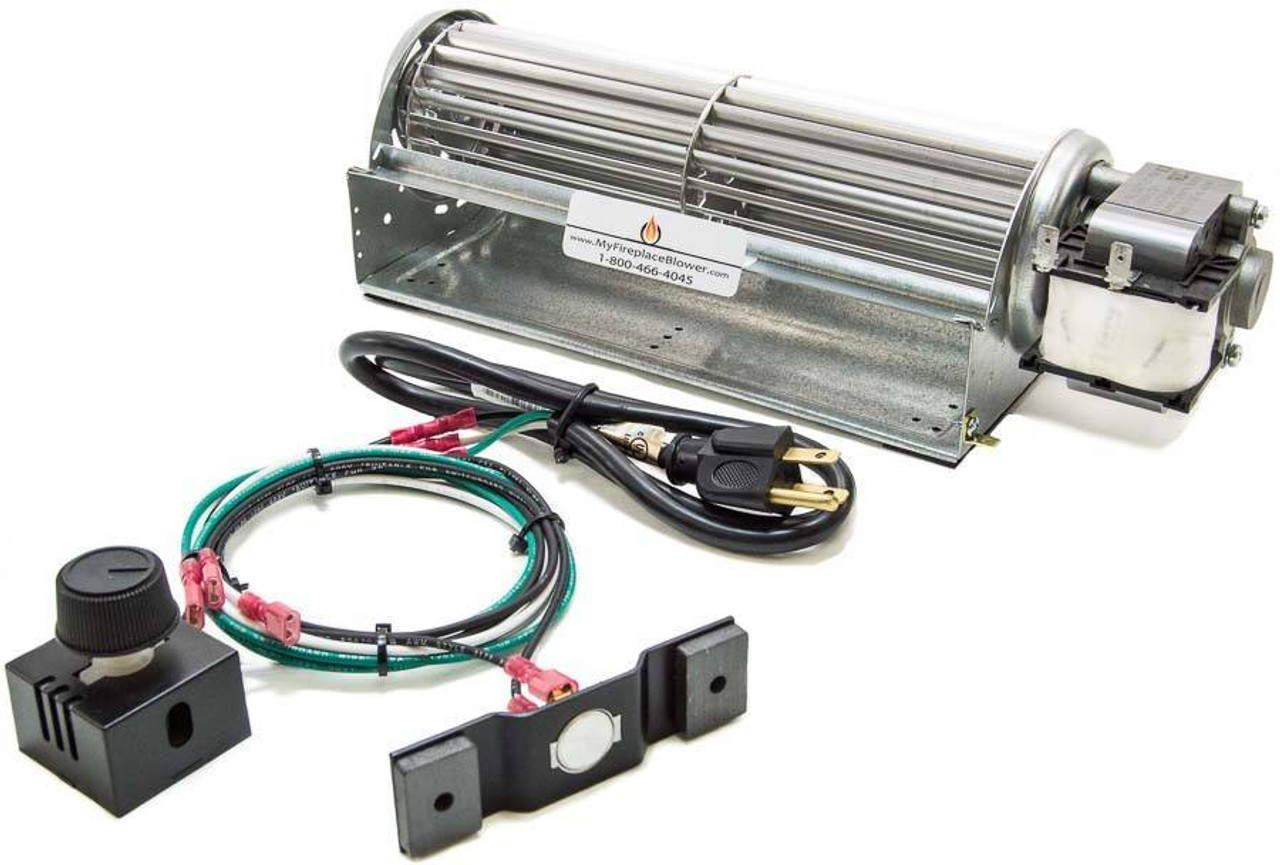
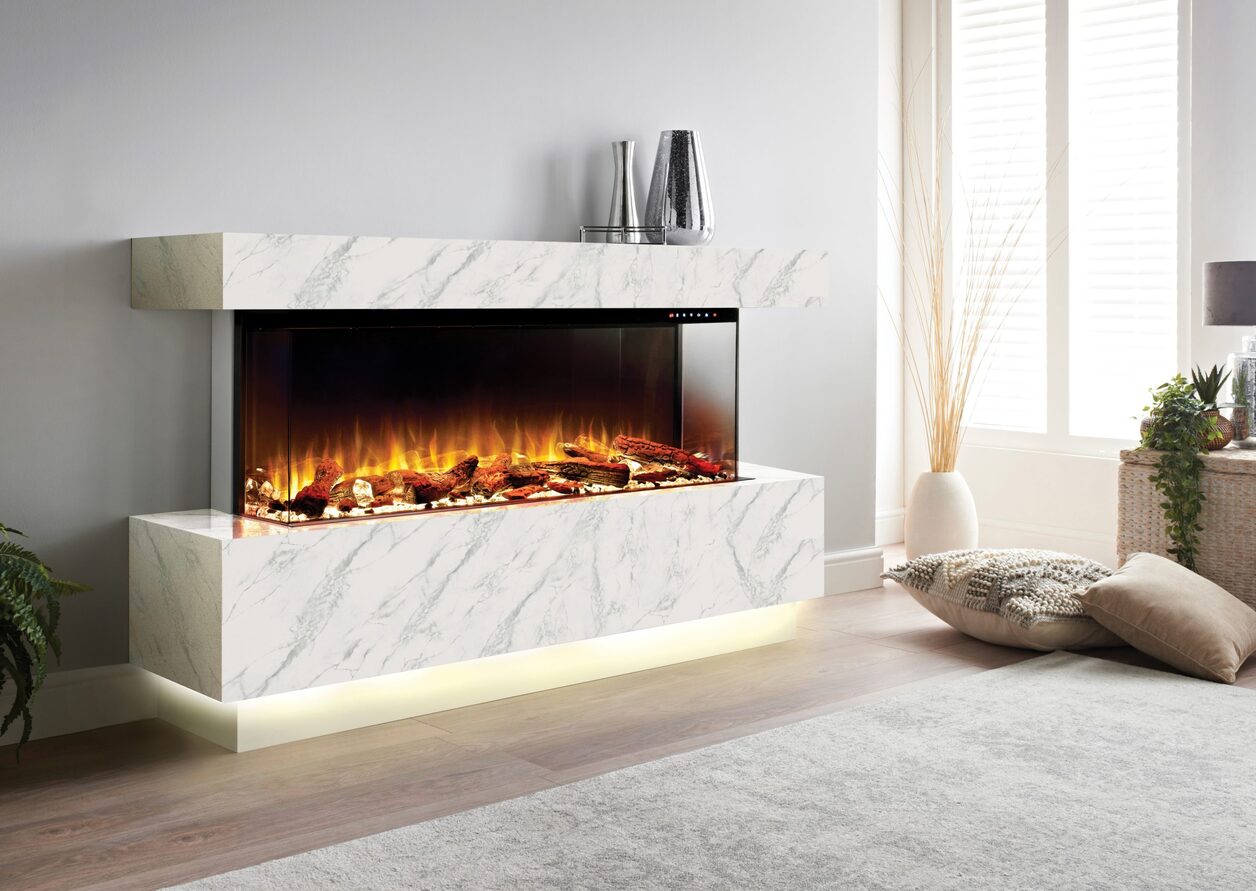
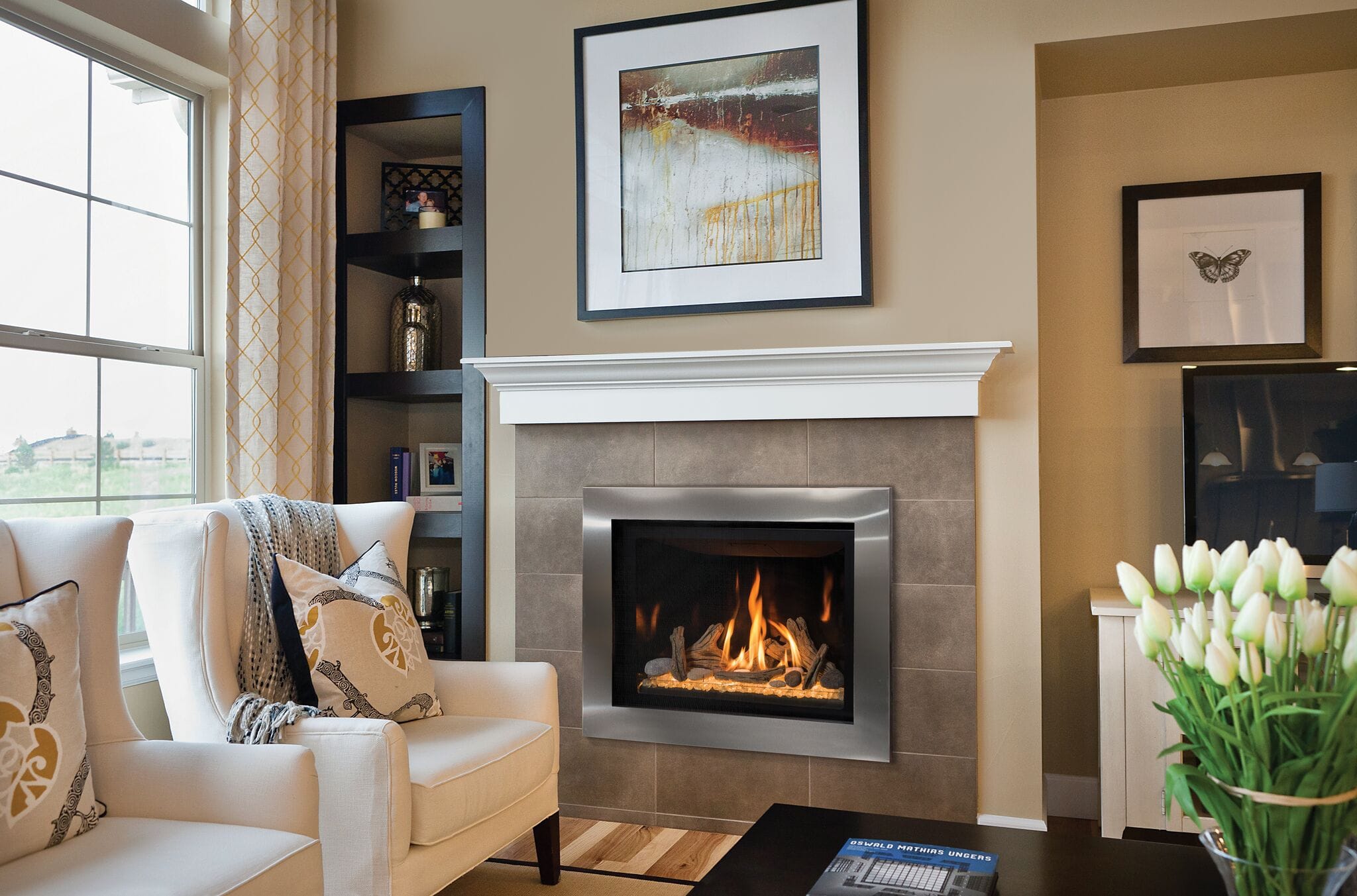
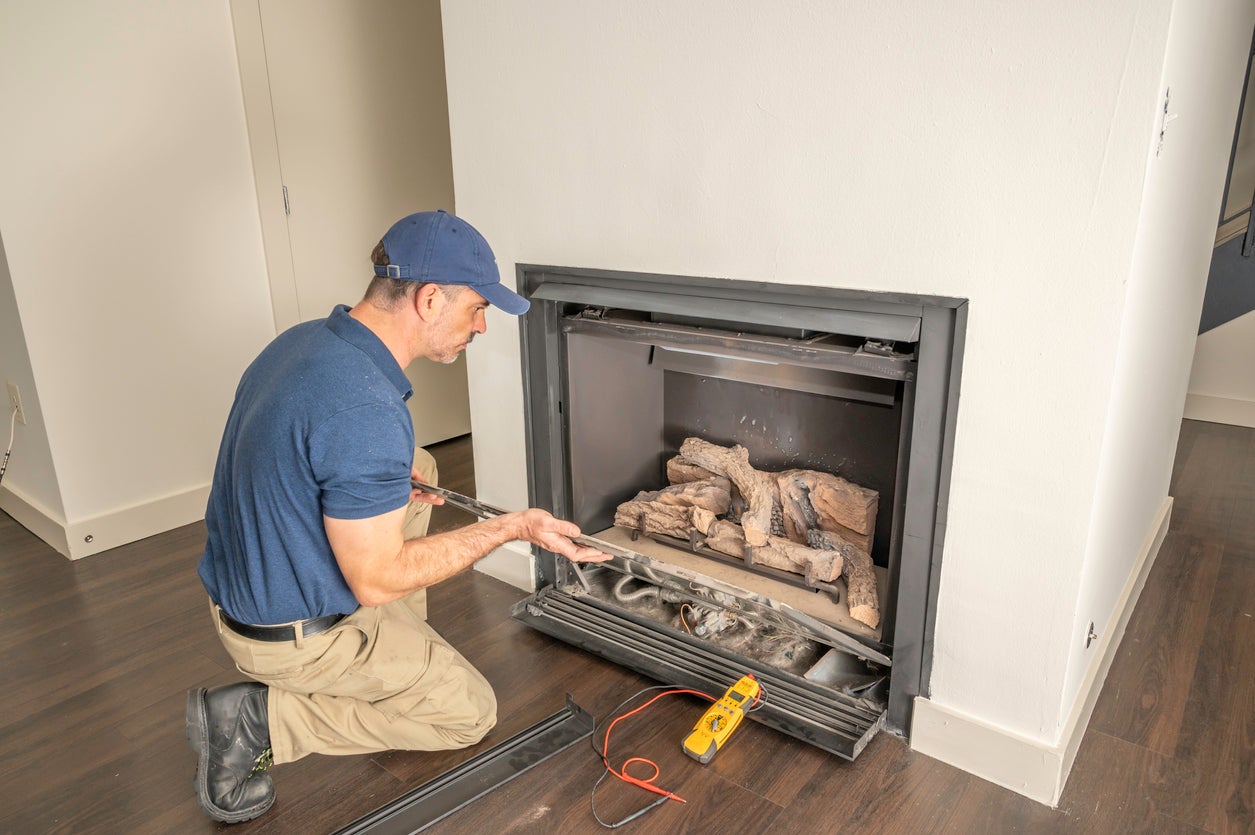
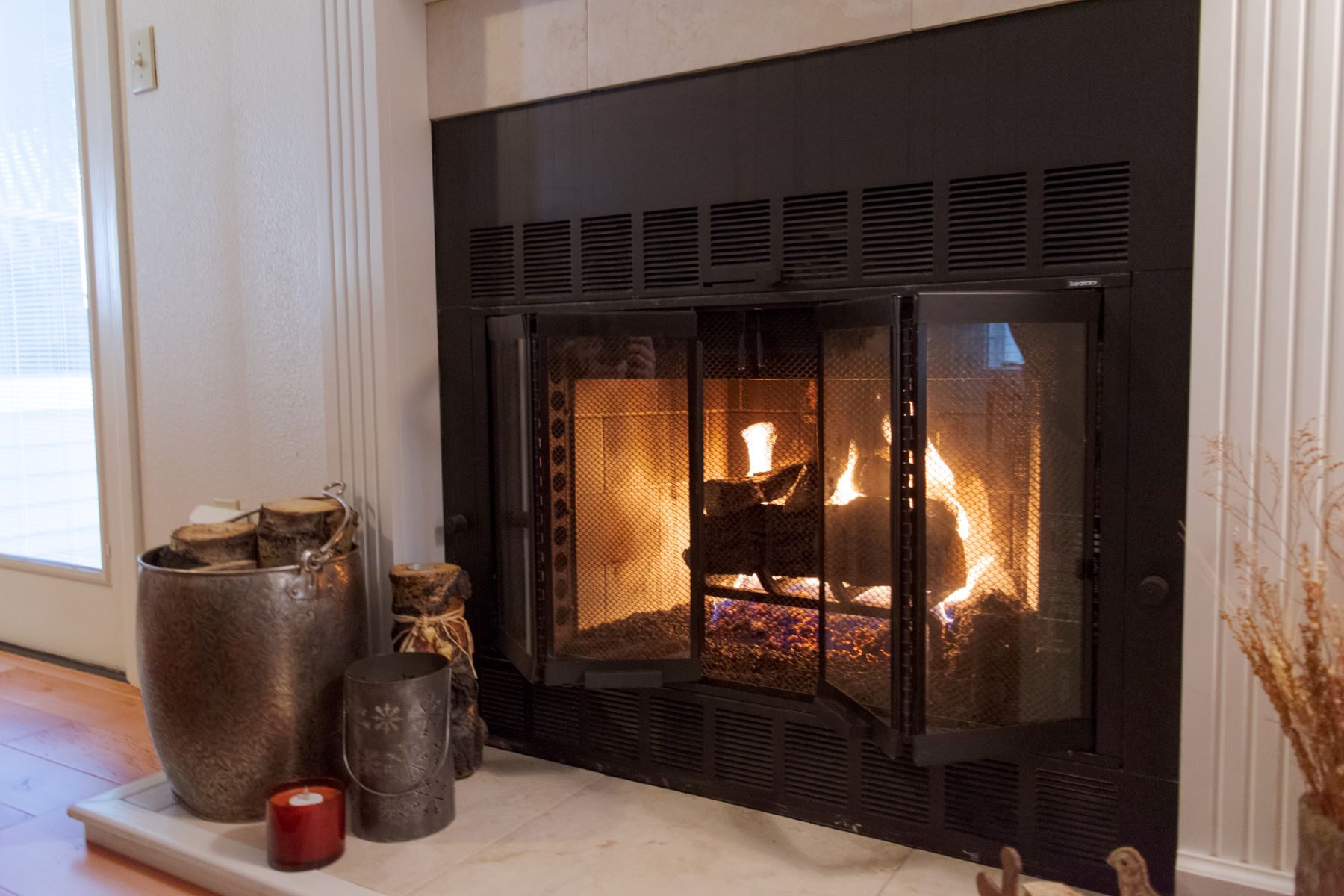
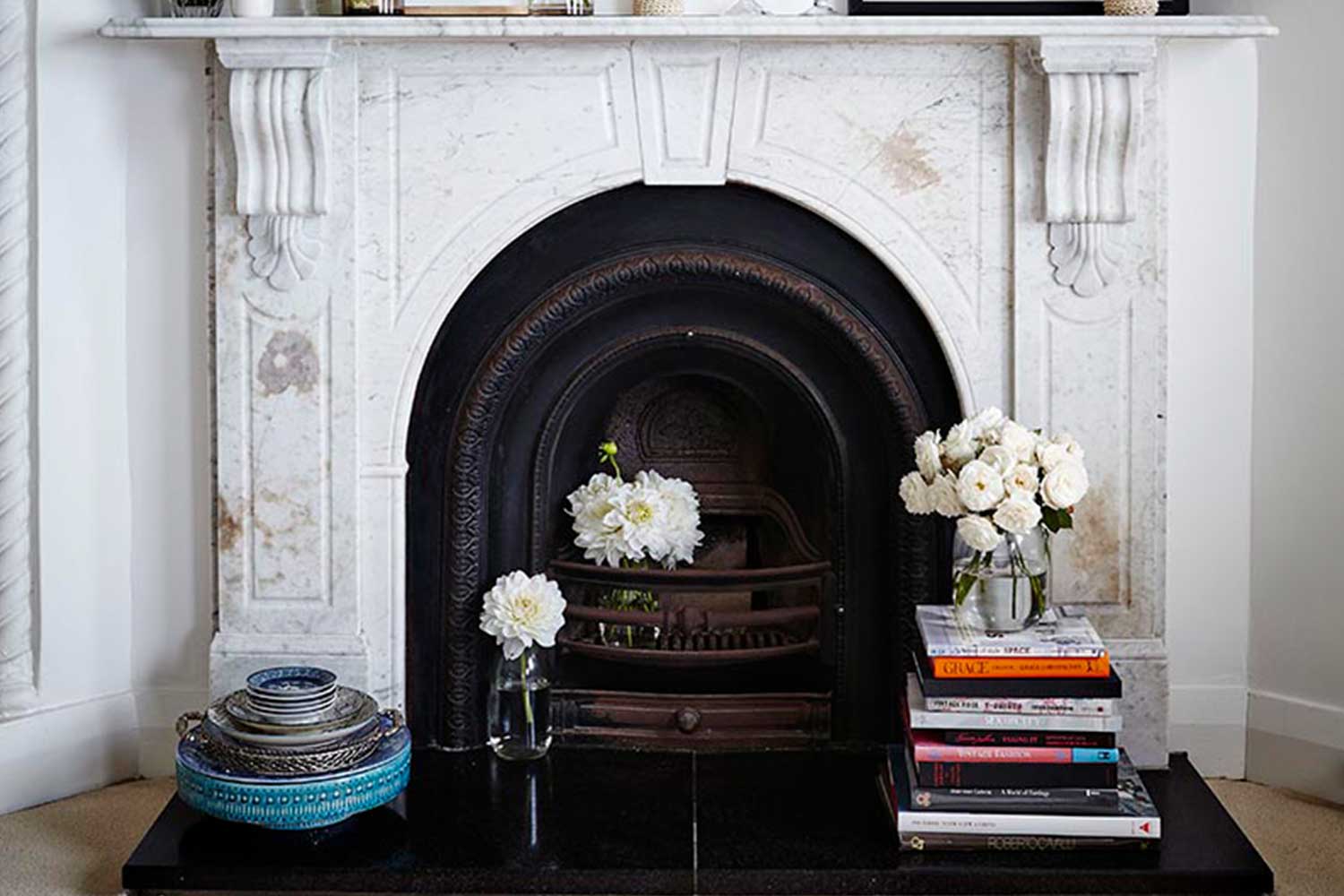
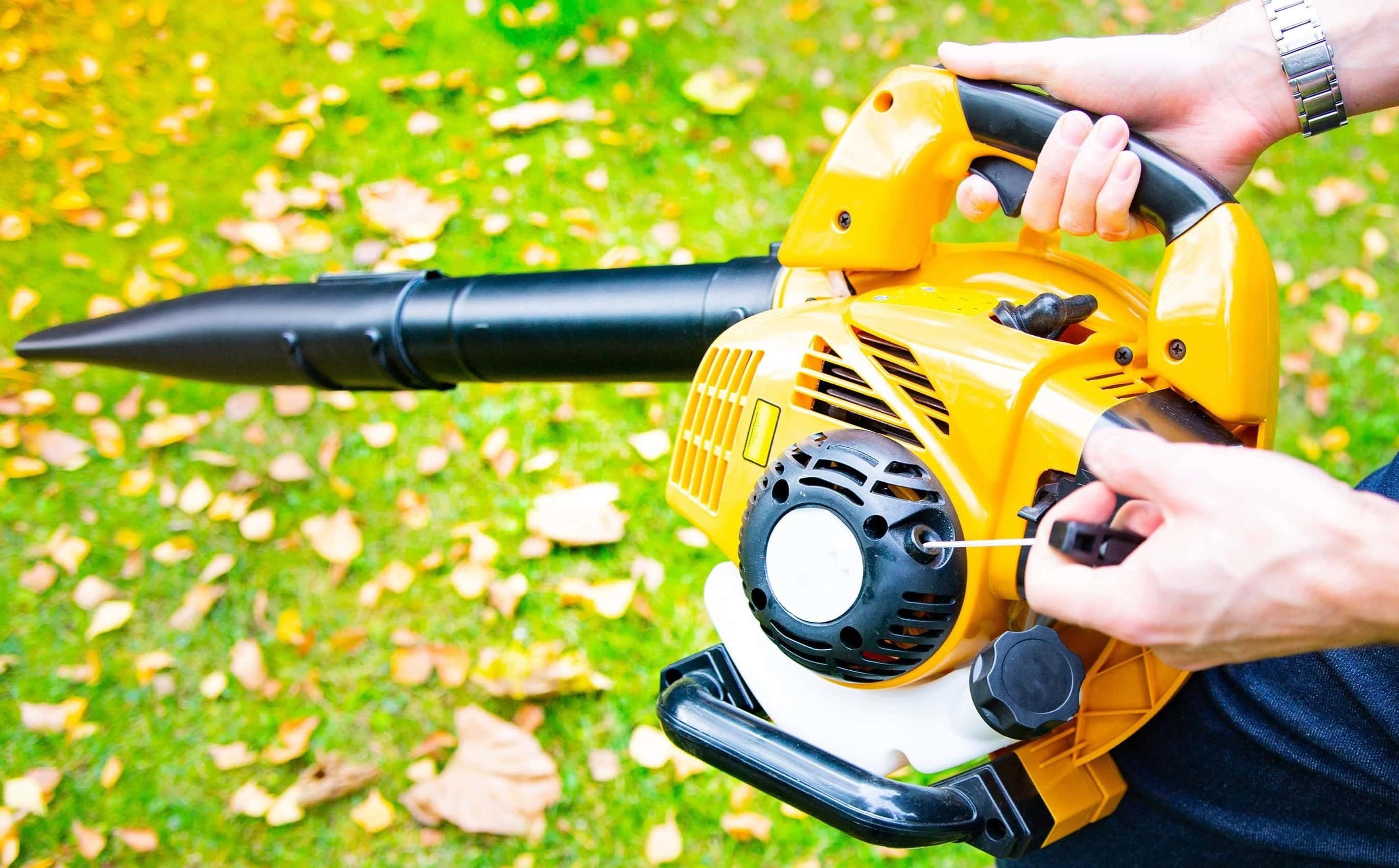
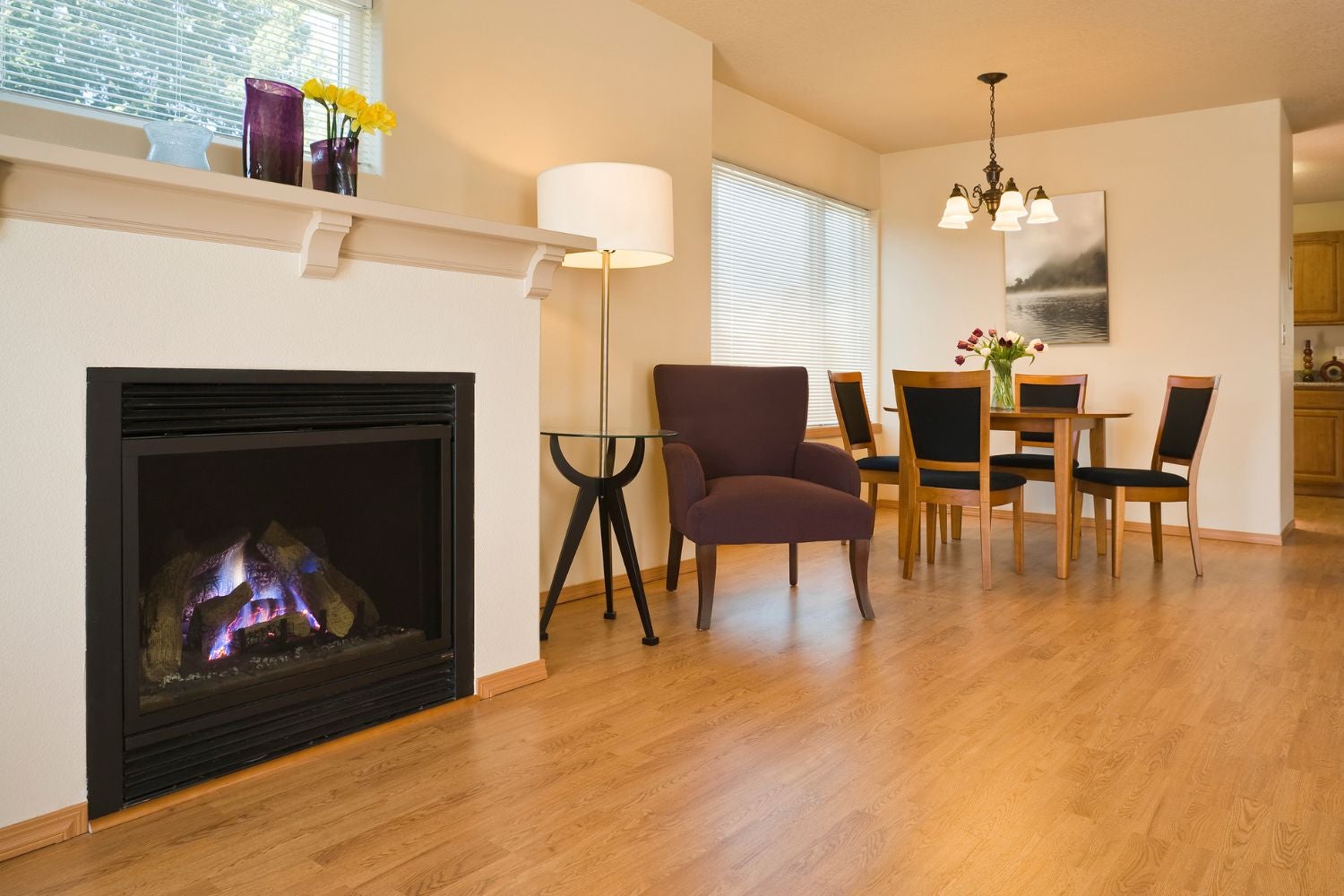
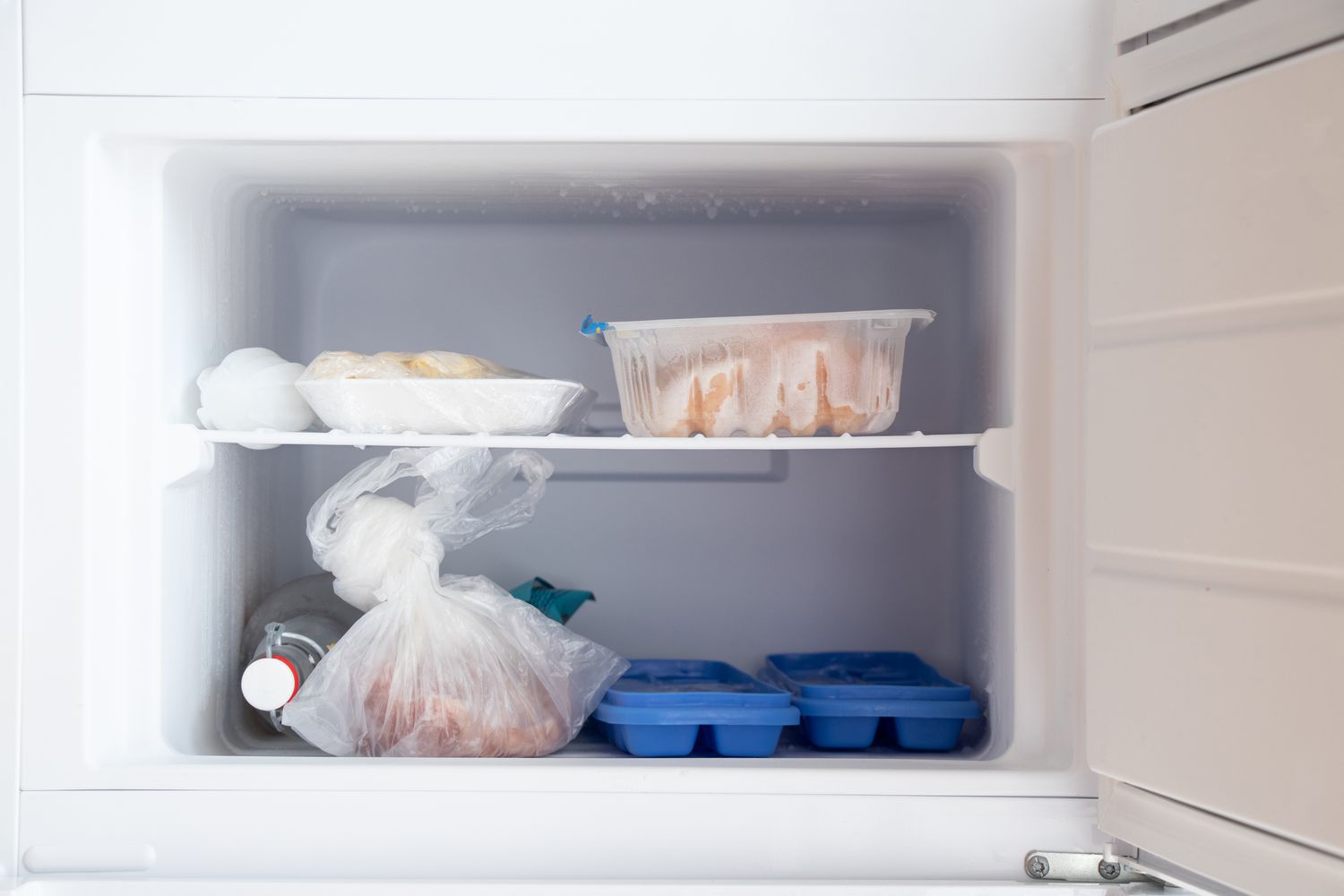
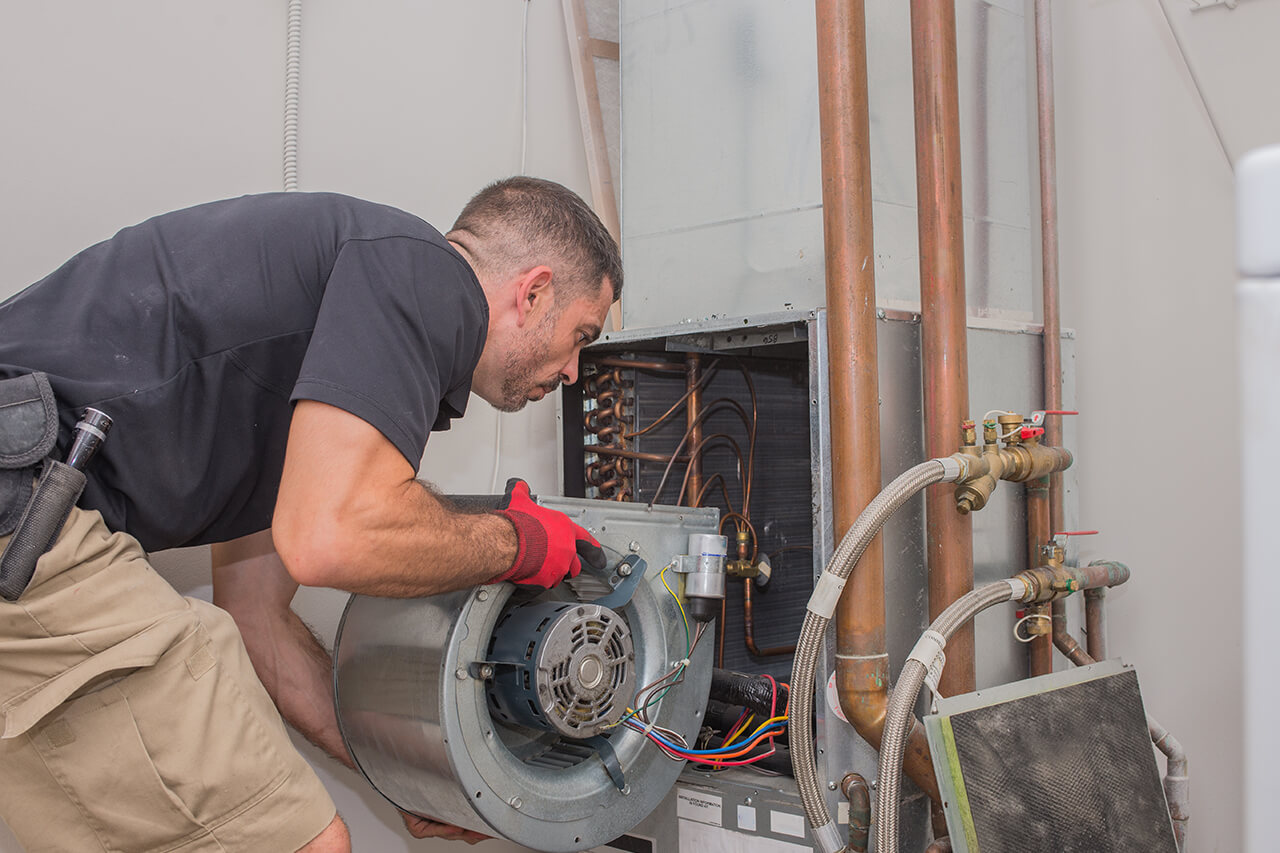
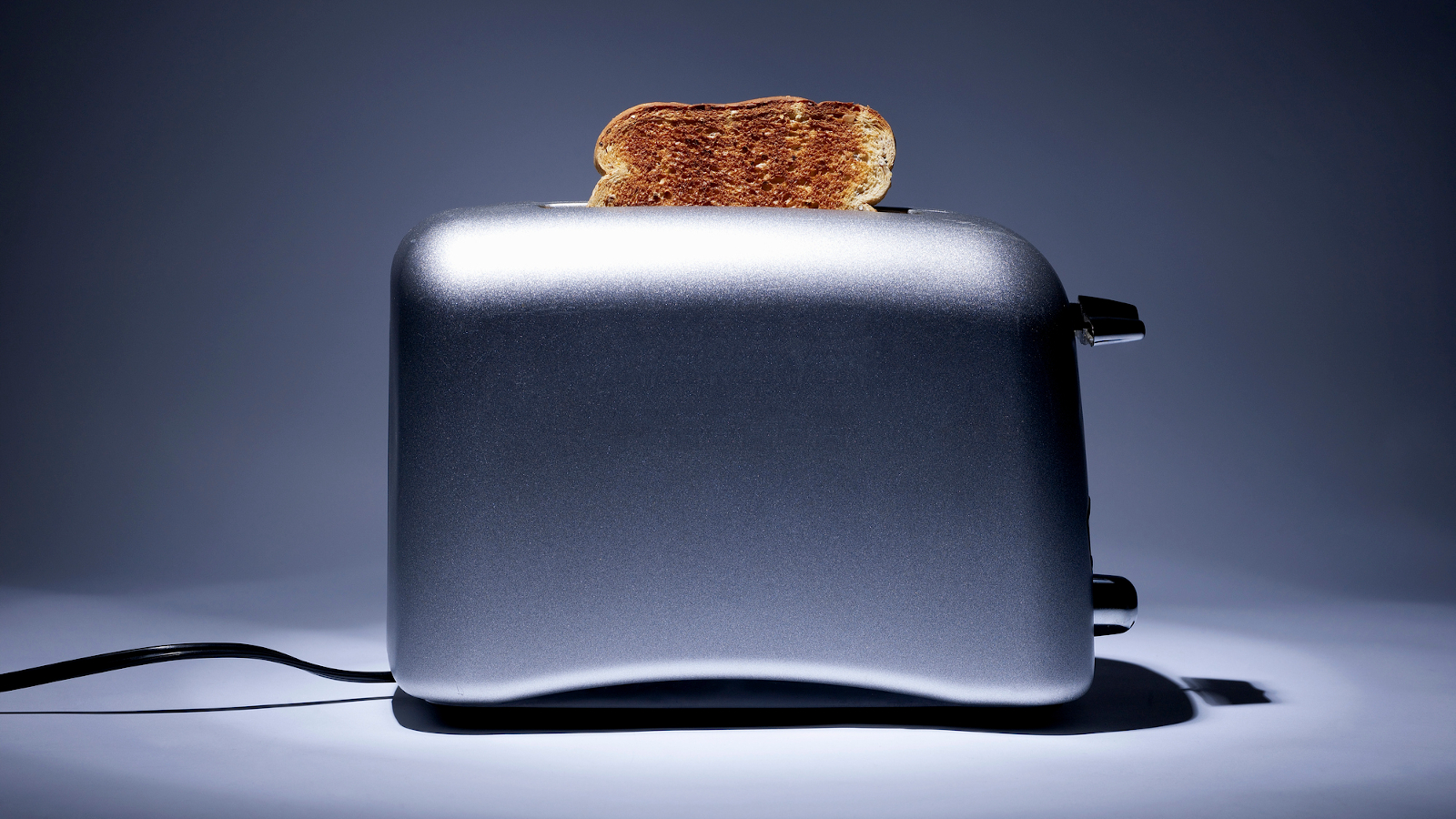
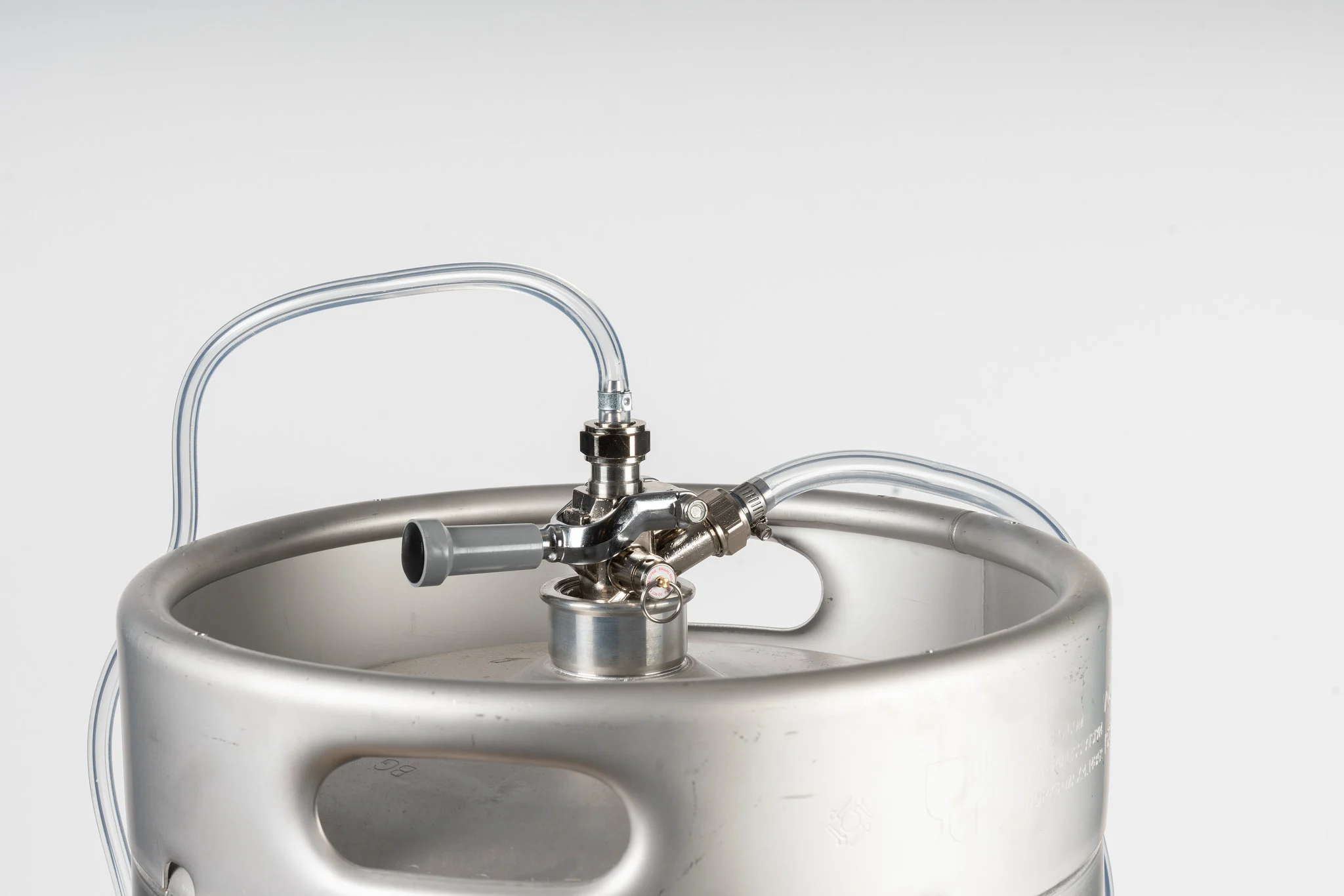
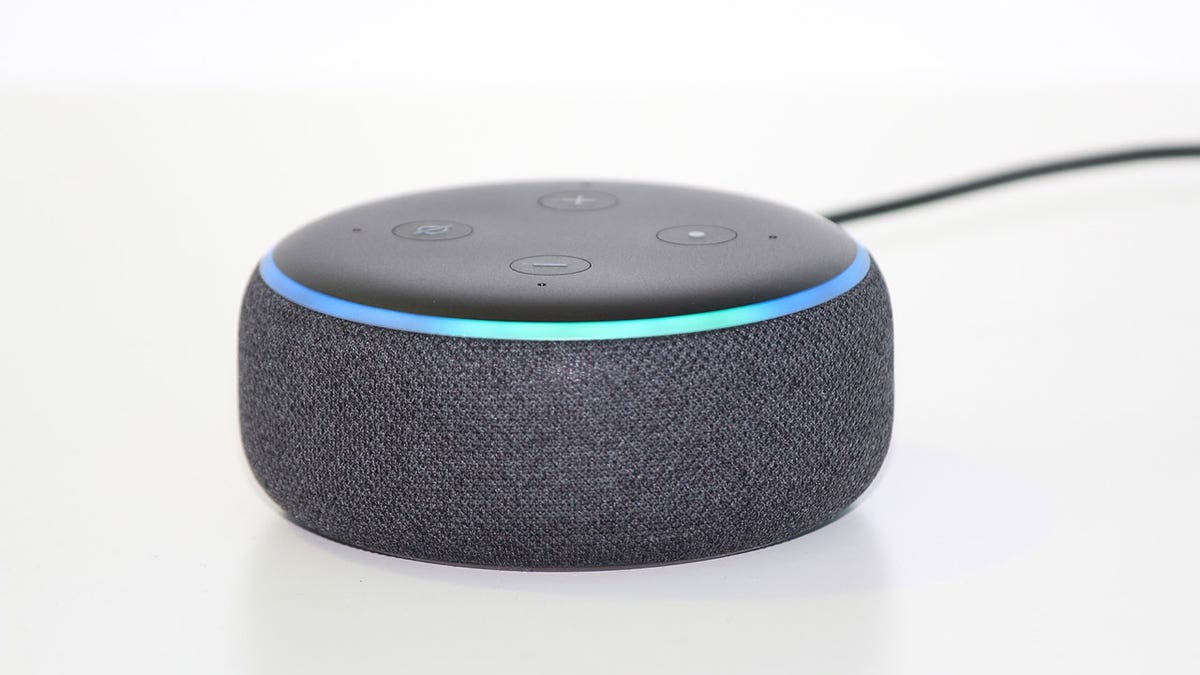
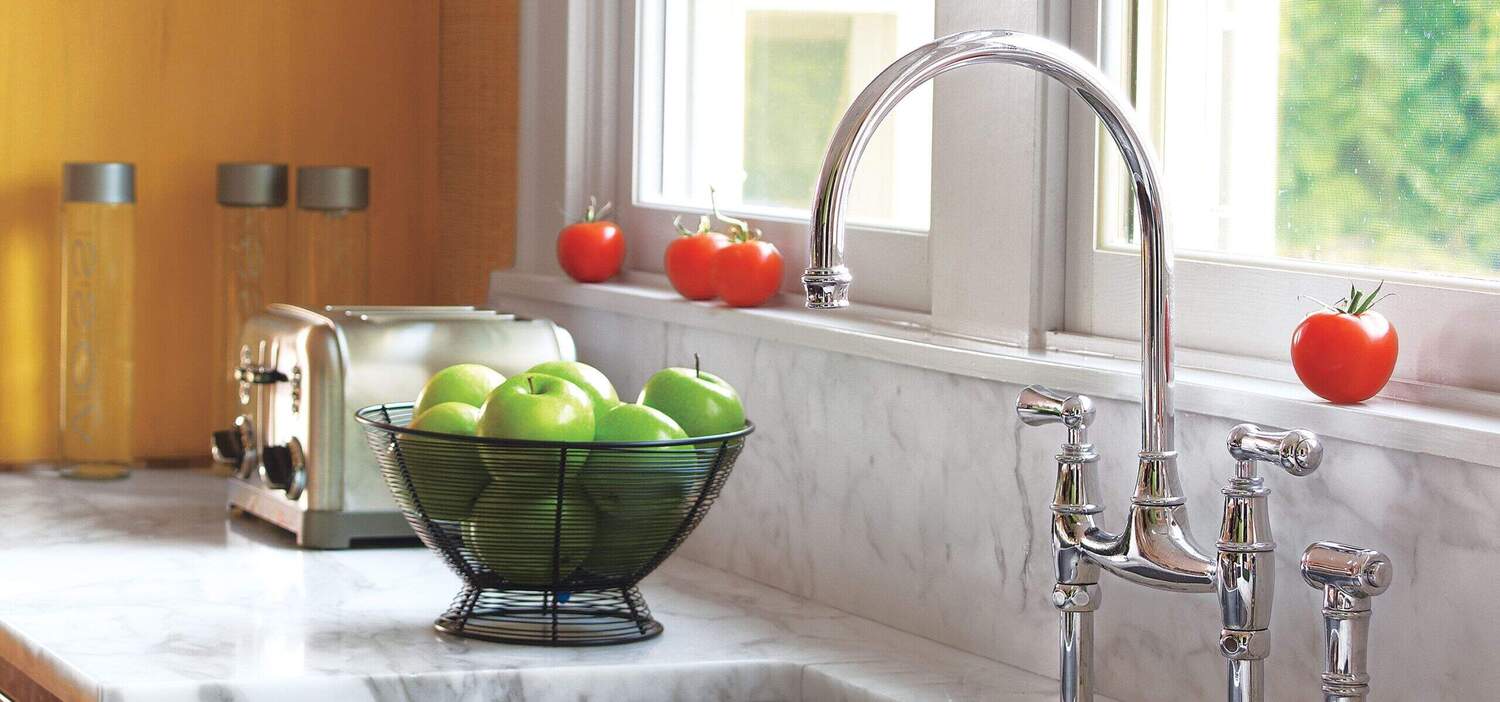

0 thoughts on “How Does A Fireplace Blower Work”